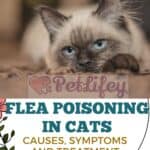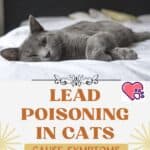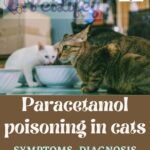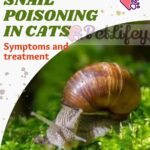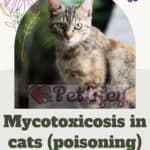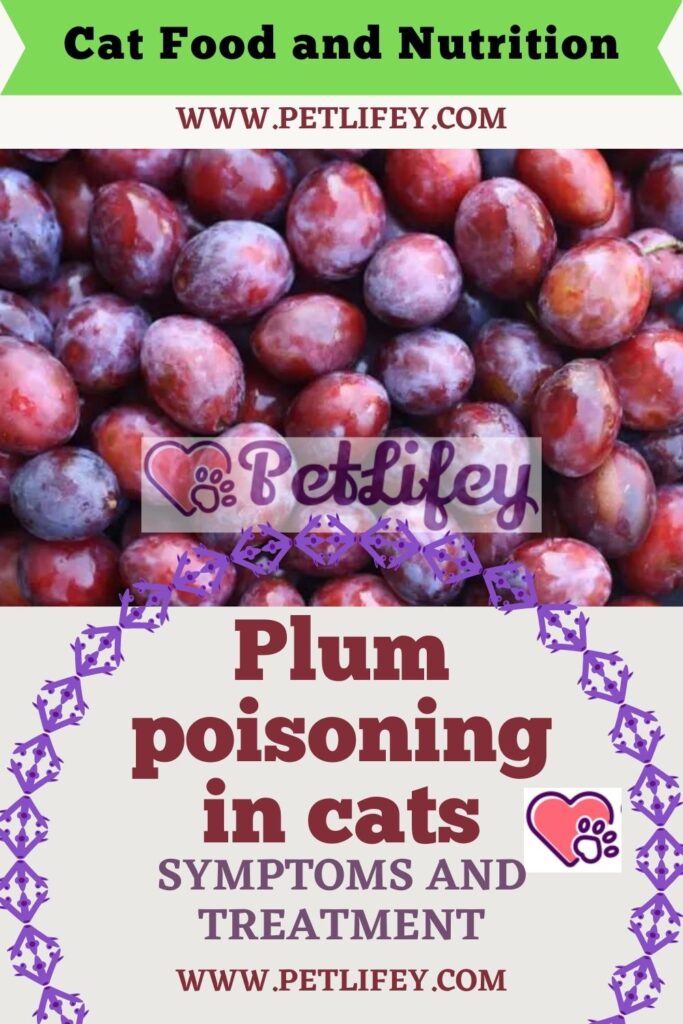
What are the symptoms of plum poisoning in cats? And what are the remedies? Let’s see together what to know about it.
Summer has many fruits to offer, from blueberry to peach, from watermelon to raspberry. Fruits suitable for making a good snack, and at the same time for cooling off from the summer heat. Very often we are tempted to share meals with our cat, but some fruits can be harmful to him, such as plums. Let’s find out what to know about it.
Why plums are bad for cats
To be very dangerous for the cat are the seeds of the fruit, nuts and leaves of the plant. The reason is obvious: they contain traces of cyanide, which can even be lethal for our cat. The doses of cyanide are such as not to pose a danger to humans, but to our cat they do.
It is not recommended to get used to the flavor of the fruit. First, you may not clean it properly when you serve it, leaving behind some seeds that could cause damage. It is also better not to get used to the taste of plum, which could easily be found outdoors, especially if it is used to going out.
Symptoms of plum poisoning in cats
It should be noted that fruit is not part of the cat’s natural diet. This means two things: the first is that you can give the cat some fruit, but to a limited extent; the second is that the cat in nature does not eat fruit, and neither will the house cat, unless he has been used to it.
If the cat has got this habit, it could eat fruit without your knowledge, if left within reach at home, or if it usually goes out for a few solitary rides. And he might eat plums too, without you knowing. For this it is essential to know the main symptoms of plum poisoning in cats, in order to intervene promptly. Here are the main ones:
- Dilated pupils
- Wheezing
- Altered color of the gums
- Possible vomiting
- State of shock
What to do
Seeing your cat sick and in pain can be a truly traumatic experience, not only for him but for you as well. So first of all you need to:
- Keep Calm: It is essential to have full self-control. Of course it is not easy to remain lucid when your cat is sick, but it is what it takes to make the right choices;
- Observe the symptoms: take a good look at the cat and try to memorize all the symptoms it presents; even writing them quickly on a piece of paper, if you are afraid of forgetting them;
- If the cat vomits, collect a sample: it will facilitate the identification of the substance it has ingested, especially if you have not seen or are not sure that the cat has eaten a plum;
- Take him to the vet: obviously it must be done as soon as possible. If the symptoms described above occur, it is essential to act promptly to give the veterinarian time to intervene.
Diagnosis and treatment
Taking him to the vet, he will first of all identify the cause of the cat’s illness. As mentioned, a sample of the substance taken from the cat’s vomit could be particularly useful for speeding up the professional’s diagnosis.
Once he has ascertained that it is plum poisoning, or cyanide, the vet will proceed with the appropriate therapy. Normally cyanide poisoning is treated with sodium nitrite, given to the cat via a drip in a few minutes procedure. He will then consider whether to administer sodium thiosulfate, which is an antidote to cyanide.
The timeliness of rescue, as mentioned, is essential for the recovery of the cat. If the surgery was immediate, the chances of complete recovery increase. If things have all gone well, however, it may take a few days of hospitalization at the same facility as the vet, before you can bring the cat home.
Some useful advice
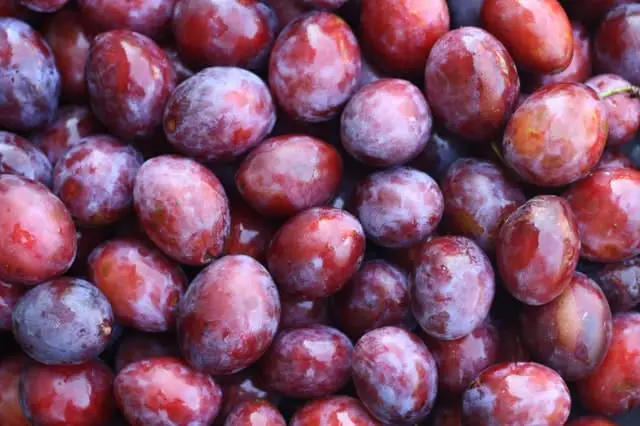
The most important thing is that cat poisoning does not lead to any major consequences, and that she makes a full recovery. But you’ll have to figure out where he found the fruit to eat. If the fact happened at home, you will have to be much more careful for the future, and avoid leaving the plums within his reach.
If, on the other hand, there are plum plants in your garden, or in that of your neighbors, you will have to make sure that it can no longer come close. A good solution, in order not to sacrifice the cat’s desire to go out in the sun, is to provide him with access to a portion of the fenced garden, from which he cannot go out to reach the plums.

